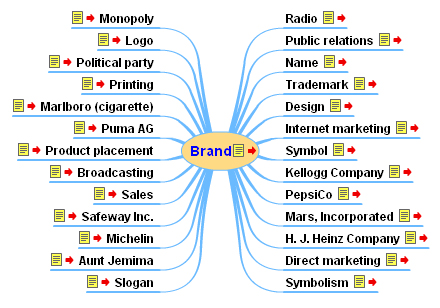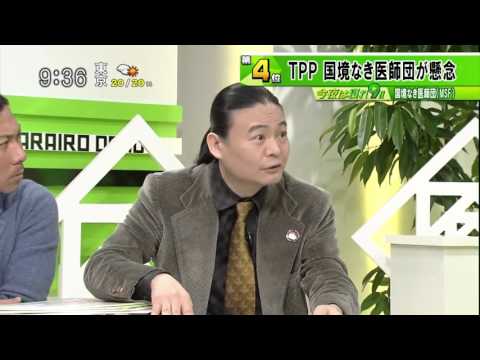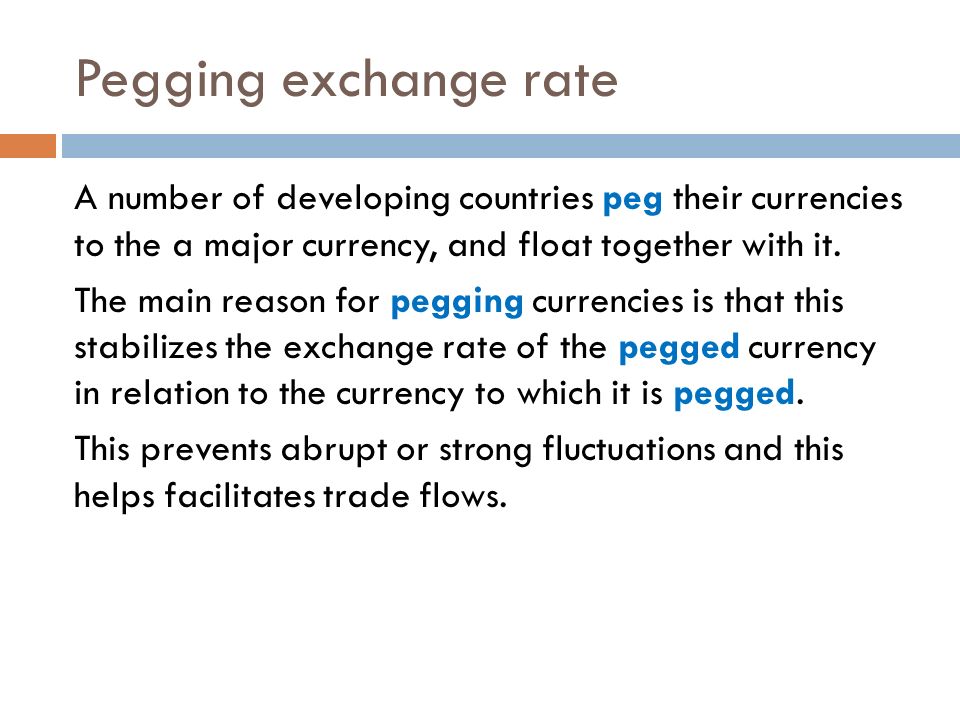Contents:


The August 31 bank statement of Well Healthcare has just arrived from United Bank. Field, select the bank code of the bank account you want to compress. By default, the system compresses transactions through the current system date, but you can enter a different date that is earlier than the date of the last check record you want to compress. This sets the system to know what check number is next in the sequence.
Step 10− Final figures should be equal to the balance in the bank statement. With a print out of your cash payments journal and your Bank Statement side by side, you should neatly tick every transaction that appears in both documents. Unless a transaction appears in both places, do not tick. Standing order payment of $1,500 also fails to appear in the cash book. Checks Nos. 789 and 791 for $5,890 and $920, respectively, do not appear on the bank statement, meaning these had not been presented for payment to the bank by 31 May.
Outstanding Cheques
You realize that you accidentally recorded a deposit in your books as $1,100 when it should have been $1,010. You will need to adjust your books to correct the transposition error. Below the ending balance per the bank statement, create a detailed list of deposits in transit – a deposit that was made but not yet recorded by the bank. Include in your list the date the deposit was made, from whom the check was received and the method of deposit. Payments are made via written cheques that have been documented by the issuing entity but have yet to have the cash deducted from the appropriate bank account.
AOC Branded ‘Total Fraud’ In New Video Accusing Her Of Using An … – Radar Online
AOC Branded ‘Total Fraud’ In New Video Accusing Her Of Using An ….
Posted: Tue, 11 Apr 2023 07:00:00 GMT [source]
Bank reconciliations can help a company to verify that its bank account ending balance per the bank matches the balance on hand per the company’s general ledger. Bank reconciliation statements ensure that payments have been processed and cash collections have been deposited into the bank. The reconciliation statement helps identify differences between the bank balance and the book balance to process necessary adjustments or corrections.
How Often Should You Reconcile Your Bank Account?
Watch the video to see how platform helps https://1investing.in/ teams to centralise collections and cash management. These keywords were added by machine and not by the authors. This process is experimental and the keywords may be updated as the learning algorithm improves. Type in the account number of the income account you wish to use to record the interest earned. Accept the identification number your MYOB software automatically assigns to this transaction or enter your preferred number. If you wish to view the details of a particular transaction in the list, click the zoom arrow next to that transaction.
With the true cash balance reported in the Cash account, the company could prevent overdrawing its checking account or reporting the incorrect amount of cash on its balance sheet. The bank reconciliation also provides a way to detect potential errors in the bank’s records. You add the outstanding deposit and deduct the outstanding checks to find the adjusted balance on the bank side. You add rent receipts and note collection to the book balance on the book side. After this, you deduct the NSF check, incorrect recording of the check, EFT payment, and service charge. After making these adjustments on both sides, you got the adjusted balance of $4,310.
To safeguard this critical and tempting asset, a company should establish internal controls over its cash. When each payment is reconciled with the bank statement, the system credits the VAT A/R Received account. For A/P transactions, after a processed check is reconciled with the bank, the system debits the VAT A/P Paid account. The task of preparing a bank reconciliation statement is all about comparing the transactions on your cash payments journal and cash receipts journal with the transactions that appear on the Bank Statement. A bank reconciliation statement is only a statement prepared to stay abreast with the bank statement; it is not in itself an accounting record, nor is it part of the double entry system.
How Businesses Prepare a Bank Reconciliation Statement?
When you record the reconciliation, you only record the change to the balance in your books. The change to the balance in your bank account will happen “naturally”—once the bank processes the outstanding transactions. For example, a restaurant or a busy retail store both process a lot of transactions and take in a lot of cash. They might reconcile on a daily basis to make sure everything matches and all cash receipts hit the bank account. On the other hand, a small online store—one that has days when there are no new transactions at all—could reconcile on a weekly or monthly basis. For the most part, how often you reconcile bank statements will depend on your volume of transactions.
Step 8 − For debit balances in bank reconciliation statements, add unpresented cheques and subtract uncredited cheques. For credit balances in bank reconciliation statements, subtract unpresented cheques and add uncredited cheques. To create a bank reconciliation, you will need to gather your bank statements and reconcile them with your accounting records .

The bank typically withdraws and processes the fees automatically from the bank account. Therefore, when preparing a bank reconciliation statement, any fees taken from the account must be accounted for by preparing a journal entry. Today, online banking and accounting software offer real-time feeds and automated transaction matching. As a result, bank transactions can be automatically imported into an accounting software, where one is able to categorize and match a large number of transactions with one click of a button. This significantly reduces the effort that goes into the reconciliation process and enables businesses to verify their cash balances anytime throughout the month.
For example, ABC Holding Co. recorded an ending balance of $480,000 on its records. However, its bank statement shows an ending balance of $520,000. Therefore, ABC Holding adjusted its records, noting the check as outstanding and adding the missing deposit. Now that you have your adjusted cash balance, add in any earned interest or deduct any fees, non-sufficient funds checks, or penalties that may not have been recorded in your company records. Often, neither the June 30 unadjusted balance in the company’s Cash account nor the June 30 unadjusted balance on the bank statement is the true amount of the company’s cash. In that case, both unadjusted balances will need adjustments to arrive at the true, corrected, adjusted cash balance.
And it will keep you in tune with your business’s cash flow. This can be done by comparing the credits and deposits on the company’s passbook against the credits and debits in the bank account. While performing a bank reconciliation, you note that your general ledger balance is $6,000 while the bank’s monthly statement shows a balance of $5,990. You note that the bank charged a monthly maintenance fee of $10.
How Do You Reconcile a Bank Statement?
On that work in process, firms could consider using accounting software like Kolleno to automate their manual accounting procedures. In specific, Kolleno is a smart credit control platform that provides a 360° view of a company’s customer base, thereby helping the business to streamline its reconciliation process. Bank reconciliation is a process involving the matching of balances listed in a company’s bank statements with the corresponding data detailed in the firm’s accounting records for a cash account. Another item that requires an adjustment is interest earned. Interest is automatically deposited into a bank account after a certain period of time. Thus, the accountant may need to prepare an entry that increases the cash currently shown in the financial records.
- This is a difference of $360 (5,843 – 5,483) and since we did not take enough cash we need to reduce cash by $360.
- For some entrepreneurs, reconciling bank transactions creates a sense of calm and balance.
- This makes the bank reconciliation process efficient and controllable.
- Manual reconciliation is time-consuming and prone to errors.
- They also help to detect any mistakes in cash book and bank statement.
- After reconciliation, the adjusted bank balance and the company’s ending cash balance should be the same.
Other errors can include withdrawals or deposits not noted in your company’s books and bank errors. During your reconciliation, you note that you wrote a check for $500 on May 29 that hasn’t yet cleared the bank. You would have a reconciling item for that outstanding check on your May 31 bank reconciliation. So what happens when you find a difference between your records and the bank statement or other record you’re reconciling against?
These amounts are added without notification to the customer. Either you or the bank may have recorded a check or a deposit incorrectly. The bank is correct most of the time, but will occasionally make a mistake. All deposits and withdrawals posted to an account must be used to prepare a reconciliation statement. It is helpful for a company to have a separate general ledger Cash account for each of its checking accounts.

One place to segregate duties is between the cash disbursement cycle and bank reconciliations. To prevent collusion among employees, the person who reconciles the bank account should not be involved in the cash disbursement cycle. Also, the bank should mail the statement directly to the person who reconciles the bank account each month. Sending the statement directly limits the number of employees who would have an opportunity to tamper with the statement. When the bank and book are in agreement, you are almost finished.
Having mentioned all of these, companies ought to consider working with a smart credit control platform called Kolleno. As a result, the firm would be able to optimise its accounts receivable operations through the automated reconciliation of invoice payments altogether. Therefore, the organisation would be able to buy itself a lot more time to work on what it does best – growing the business to achieve greater heights.
To do this, a reconciliation statement known as the bank reconciliation statement is prepared. The business needs to identify the reasons for the discrepancy and reconcile the differences. This is done to confirm every item is accounted for and the ending balances match. Businesses maintain a cash book to record both bank transactions as well as cash transactions.
